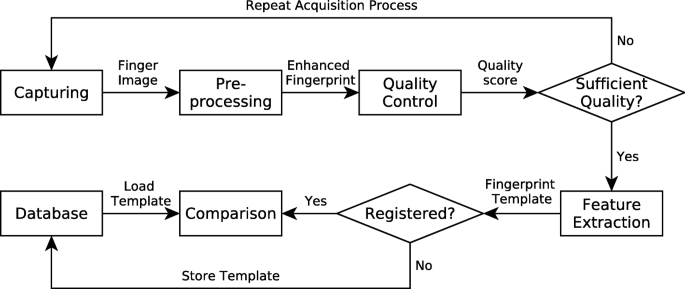


Typically, it occurs in heavy nuclei with a relative abundance of protons or where insufficient decay energy exists for positron emission to occur 3. These transitions may result in the loss of an outer orbital electron, where it is ejected as an Auger electron.Įlectron capture is rarely an exclusive decay mode and typically occurs alongside beta-plus decay within the radioactive sample. The vacancy left by this electron is then filled by an outer orbital electron setting off a cascade of electron transitions with their associated characteristic x-rays emission. A continuous spectra of Bremsstrahlung is radiated as the inner shell electron is propelled towards the nucleus. The electron capture decay pathway is usually associated with several other processes. The decay energy is almost wholly transferred to the emitted neutrino with a characteristic quanta of energy. The decay pathway has similarities to beta decay and is often termed inverse beta decay 2. Note the reduction in atomic number but conservation of mass number in the daughter nucleus. The electron on the left side of the equation is usually absorbed from the K or L shell of the parent nucleus. The nuclear reaction depicting electron capture decay is:


 0 kommentar(er)
0 kommentar(er)
